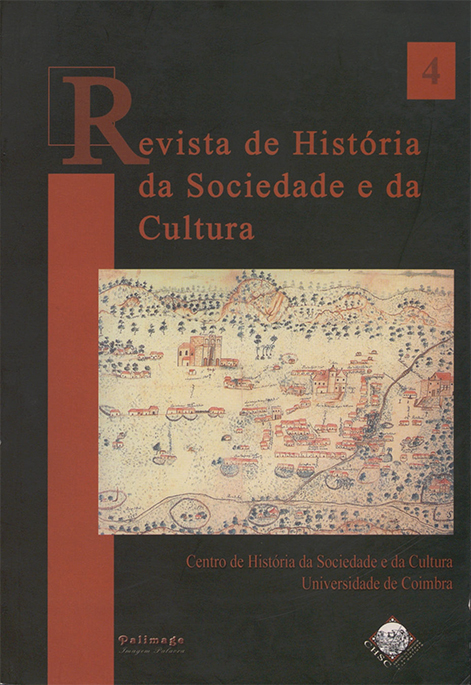Borders in Medieval Territorial Integration: the Fringe of León (12th-13th centuries)
DOI:
https://doi.org/10.14195/1645-2259_4_1Abstract
This paper focuses on the events which occurred on the León border in the 12th and 13th centuries. This phenomenon resulted in an element of the territory's integration in the political system of the feudal monarchy. The departure point is the late Medieval reality (8th-11th centuries) in which the inhabitants lived, organised into a decentralised society, where the settlements on high places were pivotal. The assertion of royal power in León from the mid 12th century was founded on the development of tools which enabled the implementation of communication channels between the local powers and the central authority, namely municipalities. In order to endow the border with contents, feudal ties were woven, and the involvement of fforeign seigniorial groups - monks, military orders, milites - were a useful tool for the integration of this region in León's political system. As a result, a borderline identity flourished under this social order, without a national identity having developed.
Downloads
Downloads
Published
Issue
Section
License

This work is licensed under a Creative Commons Attribution 4.0 International License.
Authors retain copyright and grant the journal right of first publication with the work simultaneously licensed under a Creative Commons Attribution License that allows sharing the work with recognition of authorship and initial publication in Antropologia Portuguesa journal.











